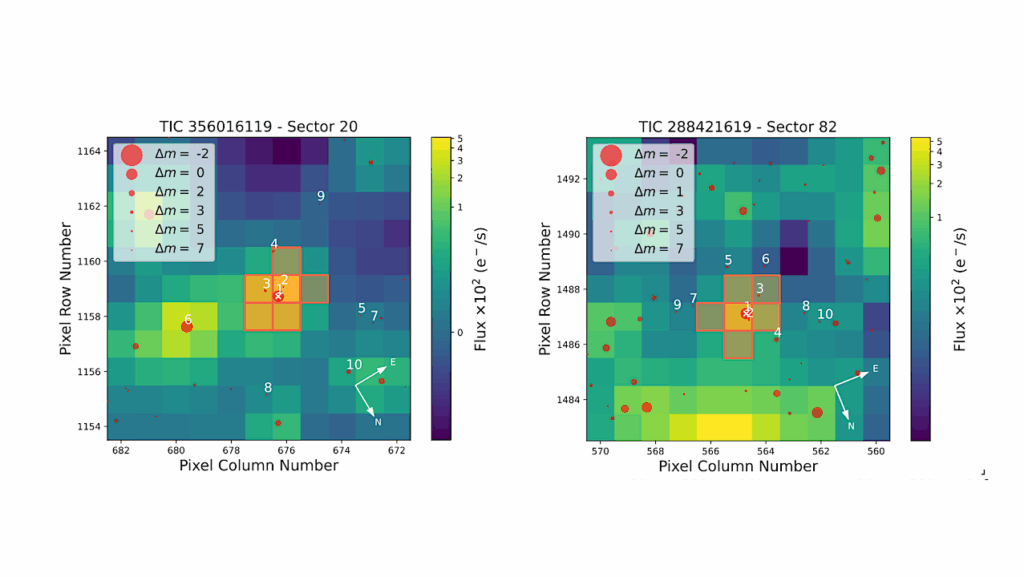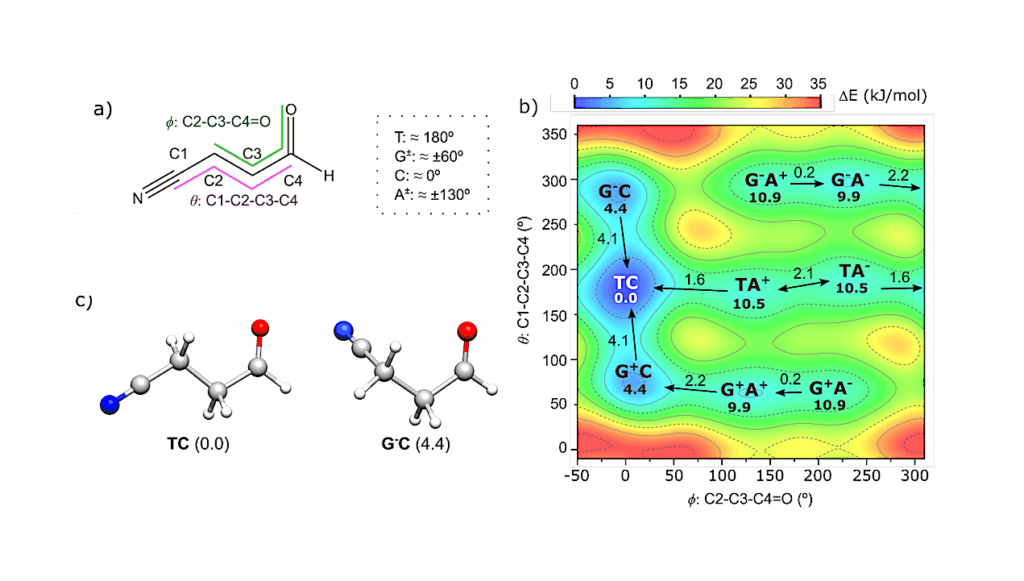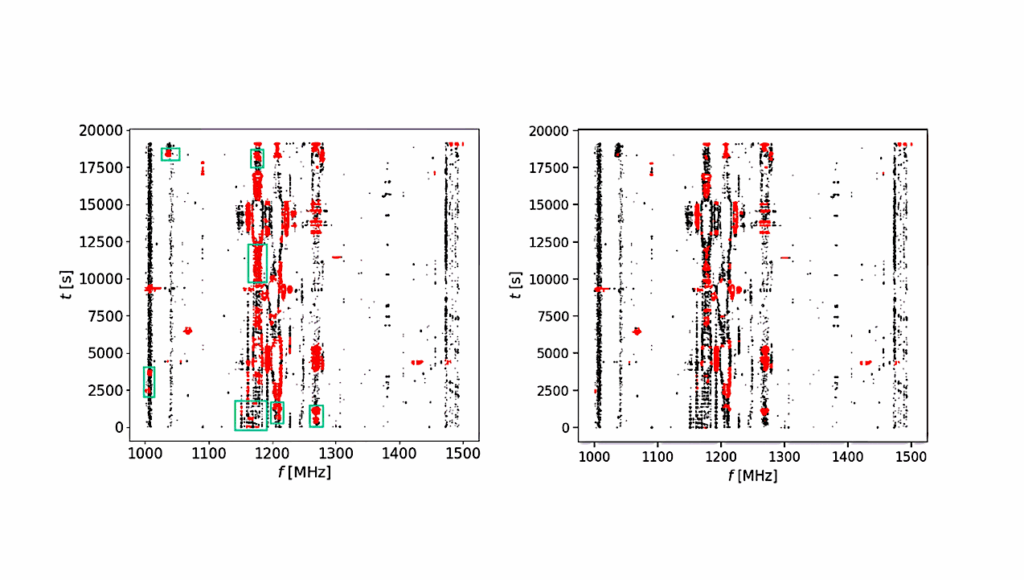Fossil Record, Meet Molecular Clock
Arthropod expansion in morphological disparity following the Cambrian Explosion of Bilateria, as demonstrated by the Burgess Shale trilobite Olenoides and stem-Chelicerate Sidneyia. Image Credit: Smithsonian Institution, courtesy of Douglas Erwin.
A team of researchers including members of NAI’s MIT team have married fossil records with molecular clock studies to reveal a new interpretation of the Cambrian explosion. Collectively these data allow an understanding of the environmental potential, genetic and developmental possibility, and ecological opportunity that existed before and during the Cambrian. The study compares the times of origin of major animal groups (from the molecular clock) with the times of their first appearance in the fossil record. The team shows that the major animal groups first diverged during the Cryogenian, roughly 300 million years prior to their appearance in the fossil record, and acquired the key components of their developmental toolkits early in their history. After a long lag, the groups’ major ecological successes are reflected in the records of the Ediacaran and Cambrian. Their paper appears in the current issue of Science.








